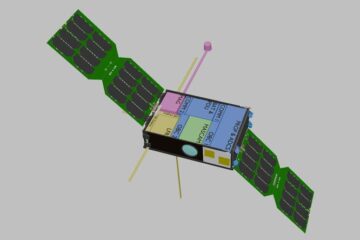NIST, international team develop materials data exchange language

Scientists and engineers trying to share materials property data over the Internet will have an easier time now thanks to a new computer language called MatML–Materials Markup Language–developed by an international group of researchers from the National Institute of Standards and Technology (NIST), industry, government laboratories, universities, standards organizations and professional societies. MatML provides a standard format for managing and exchanging materials property data on the World Wide Web, eliminating interoperability and interpretation problems.
Based on the Extensible Markup Language (known as XML), MatML is a non-proprietary, generic language that makes it possible to parse and process data without the need for human intervention. The MatML format makes it easily readable and understandable by scientists and engineers. At the same time, MatML provides software developers with a protocol that is both structured and ordered, facilitating the transmission, validation, and interpretation of materials property data between different applications and across different platforms.
Currently, the MatML Steering Committee is coordinating acceptance testing as well as prototype software development.
´More information, including the MatML Version 3.0 Schema, which contains the formal specification for the materials markup language, is available at www.matml.org or by calling Ed Begley, 301-975-6118, begley@nist.gov.
Media Contact
More Information:
http://www.matml.orgAll latest news from the category: Materials Sciences
Materials management deals with the research, development, manufacturing and processing of raw and industrial materials. Key aspects here are biological and medical issues, which play an increasingly important role in this field.
innovations-report offers in-depth articles related to the development and application of materials and the structure and properties of new materials.
Newest articles

New tech may lead to smaller, more powerful wireless devices
Good vibrations… What if your earbuds could do everything your smartphone can do already, except better? What sounds a bit like science fiction may actually not be so far off….

Caution, hot surface!
An international research team from the University of Jena and the Helmholtz Institute Jena are demystifying the mechanisms by which high-intensity laser pulses produce plasma on the surface of solids….

Exploring the Asteroid Apophis With Small Satellites
In five years’ time, a large asteroid will fly very close to Earth – a unique opportunity to study it. Concepts for a national German small satellite mission are being…





















